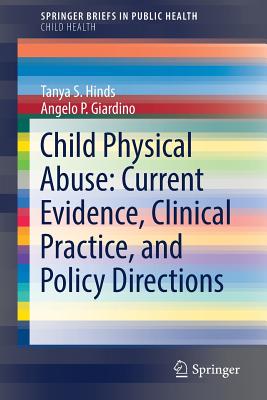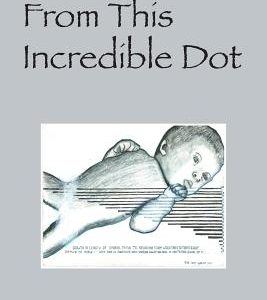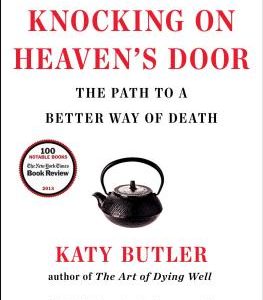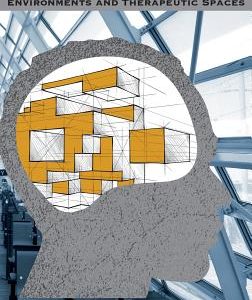Child Physical Abuse: Current Evidence, Clinical Practice, and Policy Directions (2017)
$62.99
Description
This eye-opening monograph challenges professionals across disciplines to take a more thorough and focused approach to addressing child physical abuse at the practice and policy levels. Positing child physical abuse as a public health crisis (as opposed to a more vague “social” one), the authors use empirical findings and clinical insights to advocate for wide-scale reforms in screening, assessment, responses, treatment, and prevention. The book’s social/ecological perspective delves into root causes of physical maltreatment, analyzes the role of family and community risk and support factors, and notes forms of discomfort keeping many professionals from meeting the issue head-on. From there, chapters describe coordinated multidisciplinary efforts for intervention and prevention with the potential to avert all forms of child abuse.
Included in the coverage:
– Adverse childhood experiences (ACEs)
– The non-verbal child: obtaining a history for caregiver(s)
– Clinical perspectives on multidisciplinary collaboration
- Corporal punishment and risk for child physical abuse
- Intimate partner violence (IPV) and risk for child physical abuse
- Evolution of child maltreatment prevention
- Complementary dynamic prevention approach
Child Physical Abuse sets out the scope of this ongoing crisis for a wide audience including healthcare providers, child advocates, clinical social workers, public health officials, mental health providers, legislative staff professionals, and members of the lay public, with clear guidelines for effective long-term solutions.
Author: Hinds, Tanya S, Author: Giardino, Angelo P
Topic: Medical / Nursing
Media: Book
ISBN: 331961102X
Language: English
Pages: 153
Additional information
| Weight | 0.55 lbs |
|---|---|
| Dimensions | 9.21 × 6.14 × 0.37 in |















Reviews
There are no reviews yet.